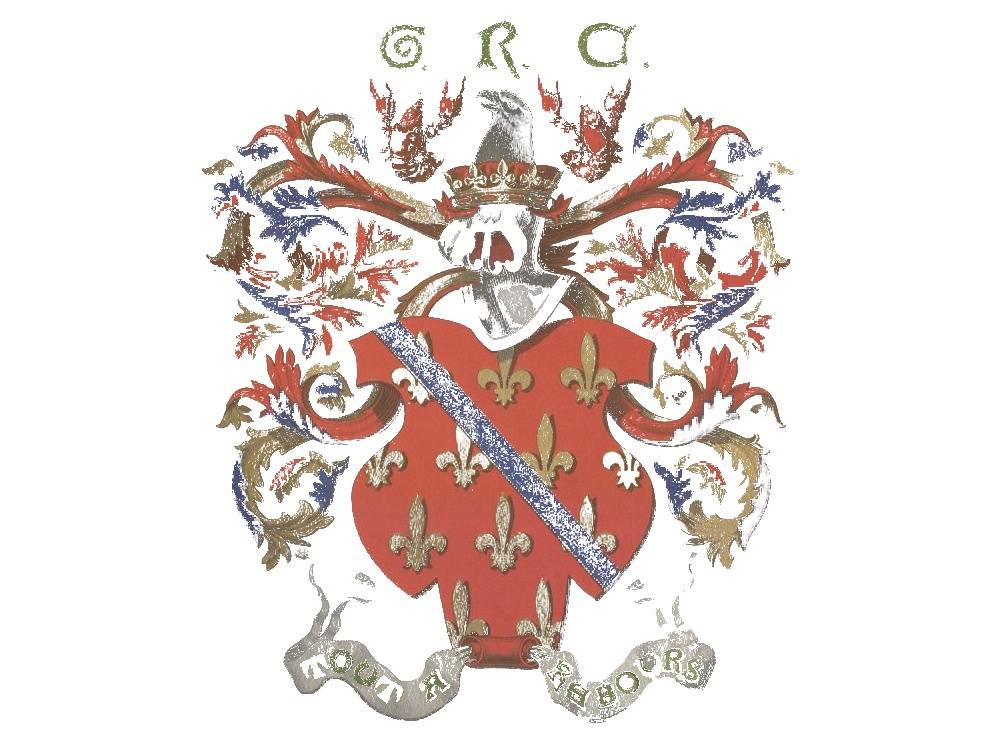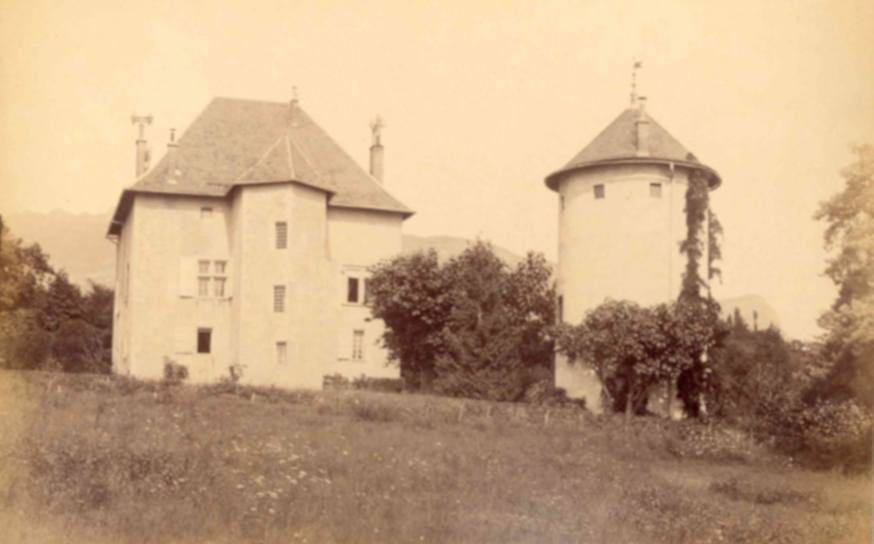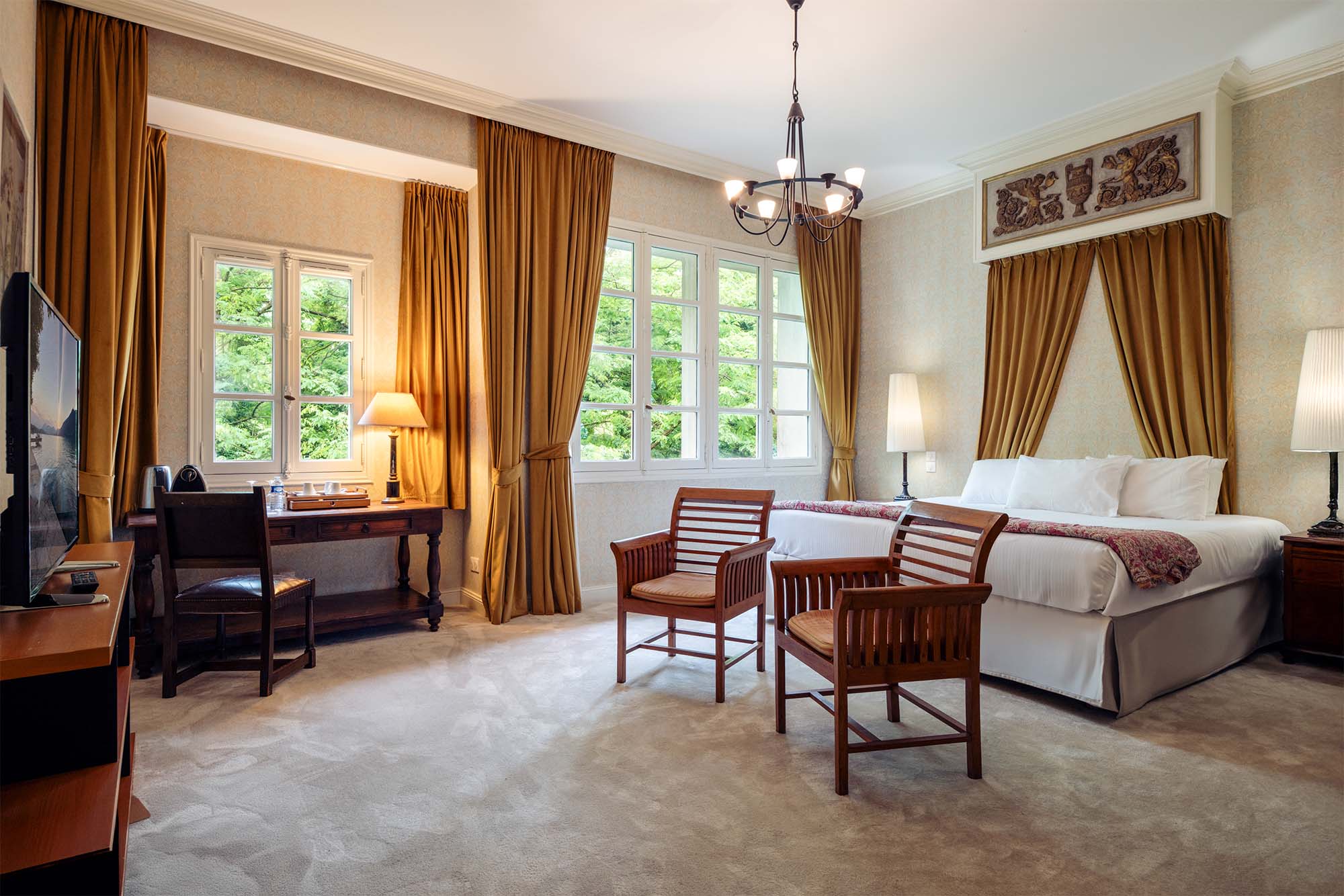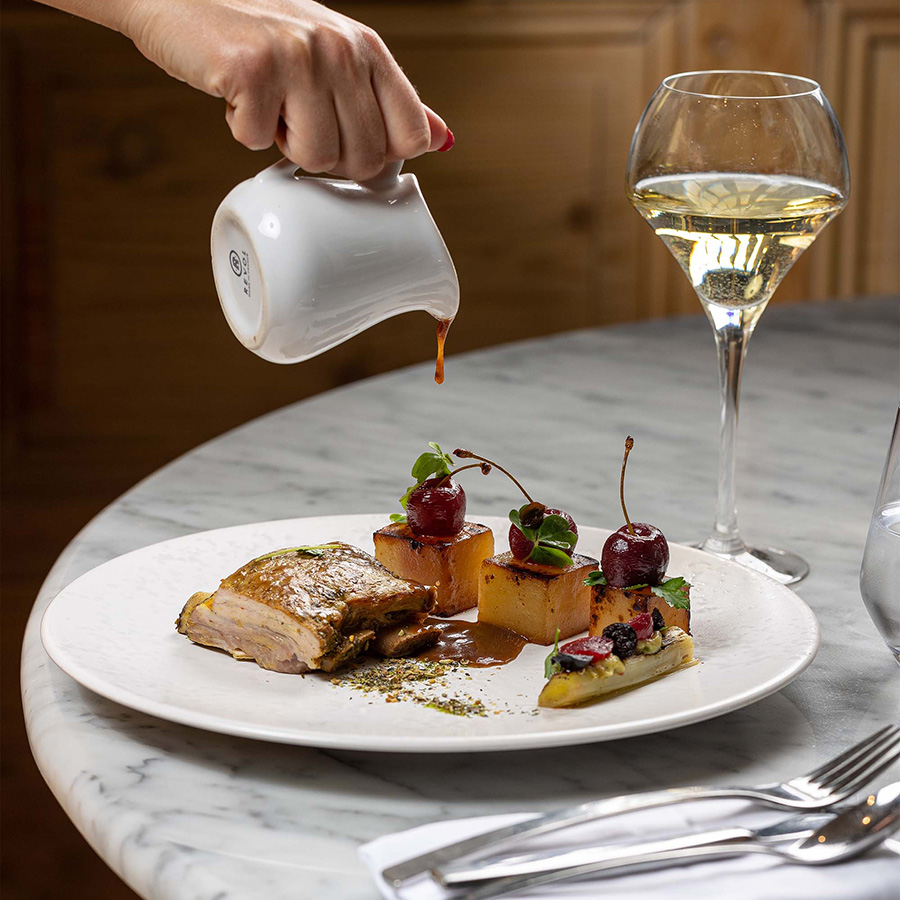Immerse yourself in the history of the Château de Candie, a 14th-century gem in Chambéry
Nestled behind the hill of Saint Ombre and overlooking Chambéry-le-Vieux, the castle’s surroundings remained wild and rural for a long time. The Candie family were among those who owned the farmland in the surrounding area. These lands were sometimes crossed by merchants crossing the Alps and pilgrims going to pray to the Virgin of Saint Ombre, protector of travellers, in the village below.
The noble owners of Château de Candie were numerous and glorious. They left their mark over the centuries under the changing gaze of those around them.
14th century
The Candie family
The first records of a fortified house belonging to the noble family of Candie, formerly known as Chaffaron. They were close to the House of Savoy, with whom they hunted in the woods of Candie. But they also distinguished themselves by their presence in the tournaments of Chambéry. It was on these occasions that they were able to display their emblems to best effect. Firstly, their coat of arms, described in heraldry as gules, strewn with gold fleurs-de-lis, with an azure band broaching the whole. This coat of arms is often accompanied by their motto: ‘Tout à rebours’ (Everything backwards), which reminds us that, like crayfish, wise men sometimes walk backwards.

1664
The Sarde family
After being sold several times, the Château de Candie was acquired by Jean André Sarde, a Piedmontese merchant. The family lived there for over a hundred years. The older buildings that can still be seen today were built and rebuilt during this period. Finally, Henry François Joseph Sarde, then Baron of Candie, bequeathed the estate and his other possessions to the Hôpital des Malades, the Hôpital de la Charité and the Maison des Orphelines de Chambéry, as he had no descendants.
1844
The Trédicini family
Caroline de Saint Séverin, wife of the Marquis Trédicini, purchased the château when it was put up for auction. The family lived there for just over 60 years. A few archives allow us to reconstruct the state of the château at the beginning of the 20th century. The first floor consisted of a living room, a dining room, kitchens and a large vestibule. The second floor had the same layout, with numerous living rooms. The third floor contained several bedrooms and servants’ quarters. Separate from the main building was the tower, which was initially used as a dovecote. It was then converted into a chapel, and later served as a painting studio.

1990
The Lhostis family
Didier Lhostis, a leather goods designer and antique enthusiast, bought the château. Enamoured with it, he decided to restore it in a project that lasted nearly four years. The Château de Candie opened as a hotel in 1994. It is thanks to him that we can still admire the unique and meticulous decoration today.
The little secrets of the château
Some ancient documents mention hidden compartments inside the château, but these have never been revealed. Perhaps you will stumble upon one of them by chance. Who knows what they have been preserving for centuries?

2016
A new beginning
We, too, have fallen under the spell of the Château de Candie. We are its latest owners and plan to settle here for a few centuries. May the future bring us as much success as its previous owners.
Exceptional rooms with all the comforts of an estate in Chambéry, plus privacy
Lorem ipsum dolor sit amet, consectetur adipiscing elit. Nullam id blandit ante. Mauris malesuada ultrices neque id accumsan. Quisque tempor leo interdum nisl viverra, et elementum ligula efficitur. Vivamus eget viverra nisl. Aenean magna ipsum, pellentesque eu metus quis, hendrerit eleifend neque. Vestibulum id gravida nibh. Morbi auctor nibh vitae consequat auctor. Integer in lacinia nisi, non blandit turpis. Mauris tempor cursus erat id tristique.
Details
Ut placerat ut odio sit amet suscipit. Vestibulum quis hendrerit leo. Nunc nec sem et ligula ornare ornare vitae sagittis tortor. Quisque sollicitudin eu dolor ut faucibus. Integer tincidunt nibh sit amet augue tempus, et finibus justo dictum.


